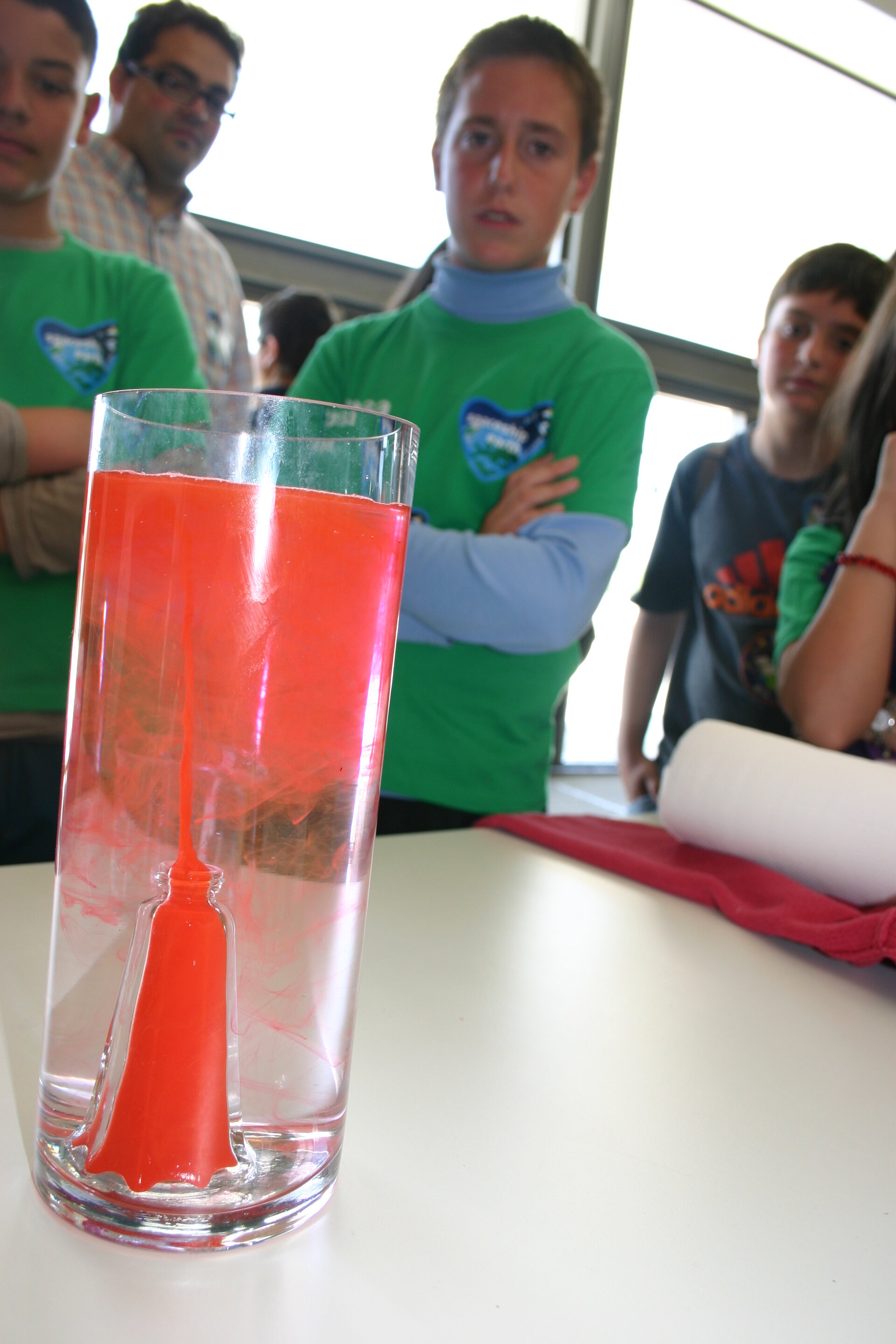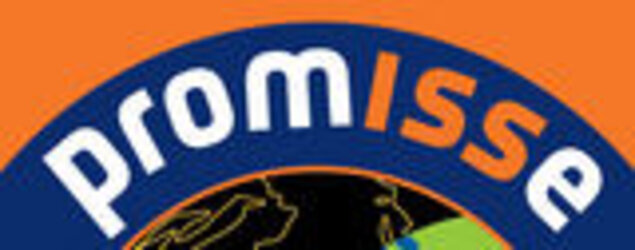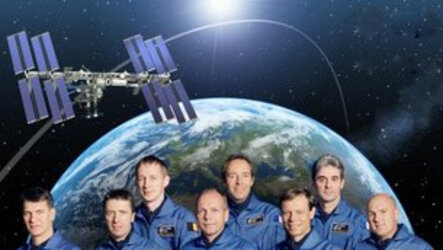Shake it up!
Never before has scientific curiosity taken European schoolchildren so far into space. ESA astronaut André Kuipers has shown our future generation of scientists what happens when gravity ‘switches off’.
Shaking soapy water and a small convection loop on Tuesday helped the young researchers to get a feeling for foams and convection.
André inspired the children in a live link with the International Space Station. “Curiosity will take you further,” he said.
Armed with two ESA educational payloads, the astronaut demonstrated the basic principles of the phenomena that distribute heat around Earth (convection) and how gravity affects bubble lifetime (foam stability).
Over 1500 students on Earth used good scientific practice and compared their results to André’s identical space experiments.
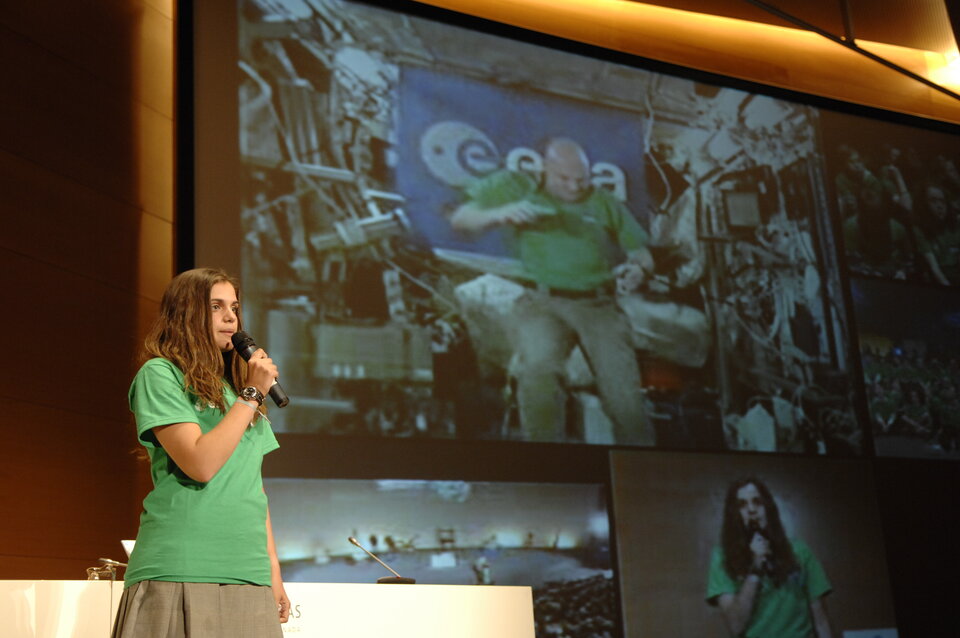
This once-in-a-lifetime experience brought together four European sites by videoconference: science centre Nemo in Amsterdam, the Netherlands, the Leicester National Space Centre in the UK, Parque de las Ciencias in Granada, Spain, and the Technik Museum in Speyer, Germany.
Before contacting space, the centres demonstrated scientific experiments to each other. They created explosions and super-thick foams to highlight the footprints of gravity and physics in our everyday lives.
Space oddities
André talked about the effects of weightlessness as he floated in the Columbus laboratory module, so it wasn’t hard for the students to understand that there is no such a thing as up or down in space – which means no convection.

“Clouds, tornados, volcanic eruptions… all the convection processes that I can see from space are similar to the small one that you can carry out yourself,” said André.
The European astronaut explained that gravity affects air and water, and it also affects their combination: foam.
Students learnt at first hand that, in most cases, the bubbles last for much longer than on Earth as there is no gravity pulling on the foam.
The astronaut encouraged the children to satisfy their bubbling curiosity and answered their questions.
Solar storms, blood circulation and water behaviour in weightlessness were among the topics tackled.
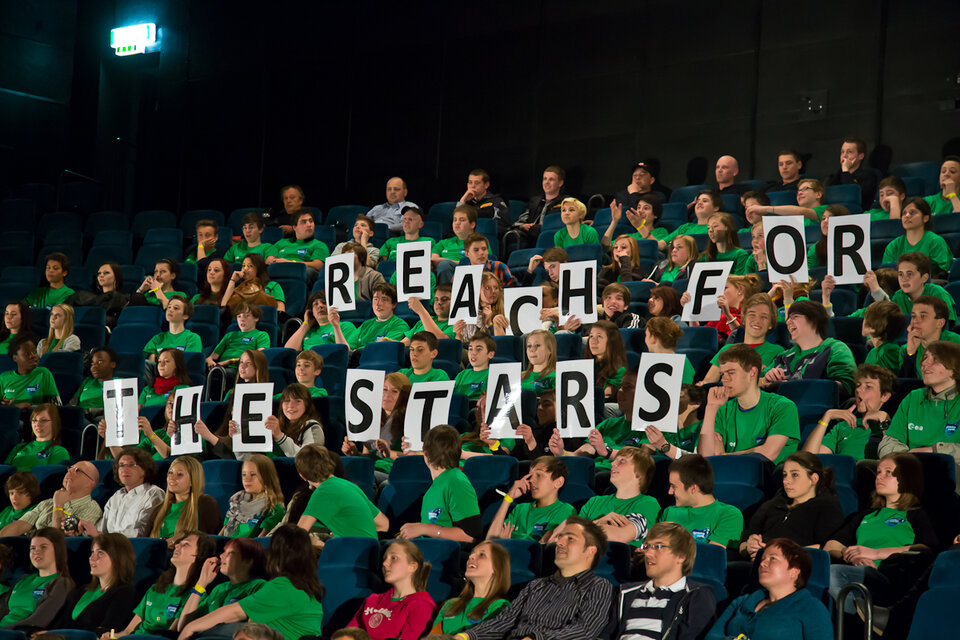
“This is a fantastic opportunity to excite the kids towards science, better than anything we could do at school,” said Vinay Parekh, a science teacher from Birmingham in the UK.
Former ESA astronaut Reinhold Ewald confirmed from the German museum that the pupils “very much enjoyed being part of a Europe wide experience.” The organisers at Nemo described that experience as “awesome.”
These Take Your Classroom into Space experiments are part of the Spaceship Earth educational programme developed for André.
For further information, please contact:
Nigel Savage, nigel.savage@esa.int


